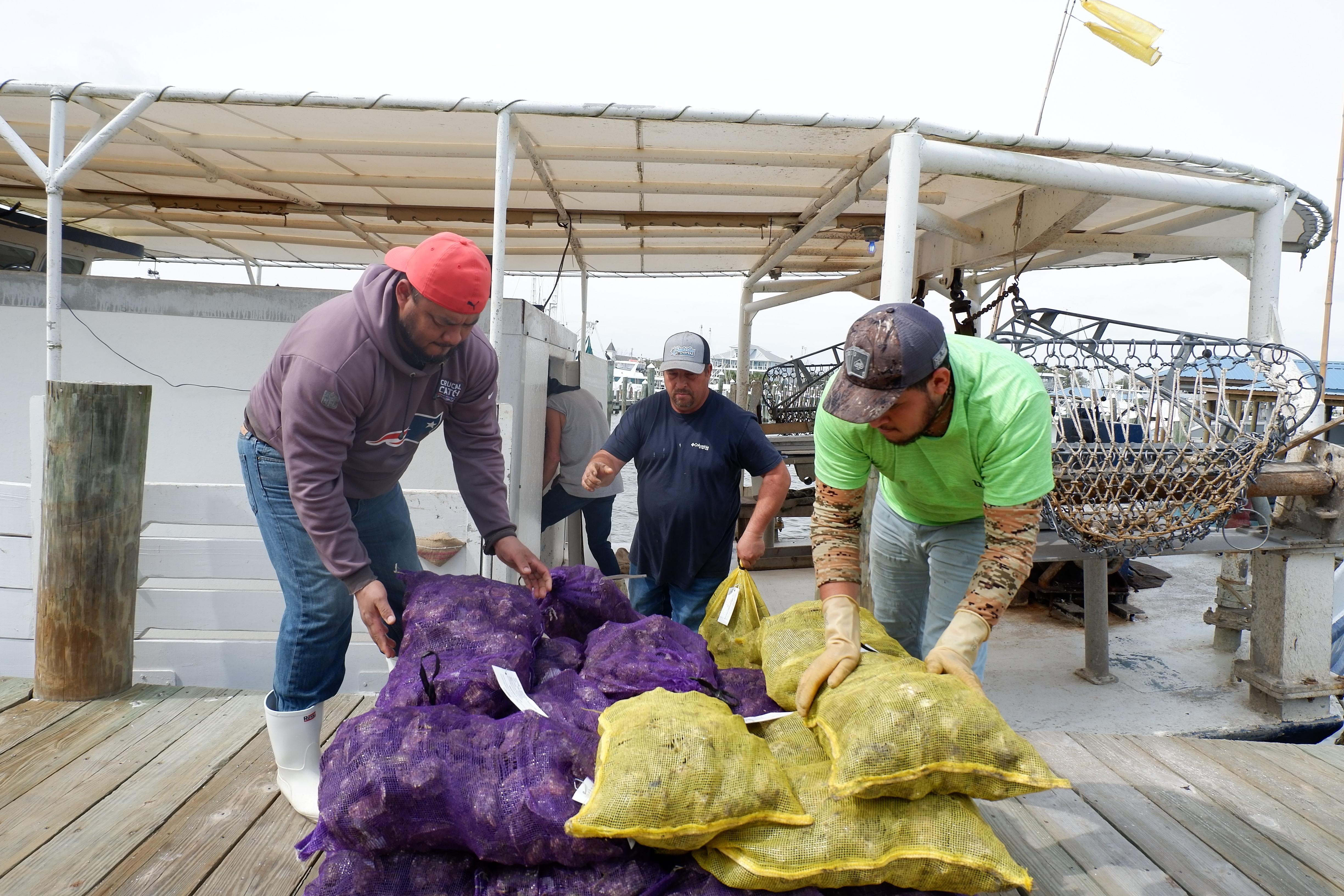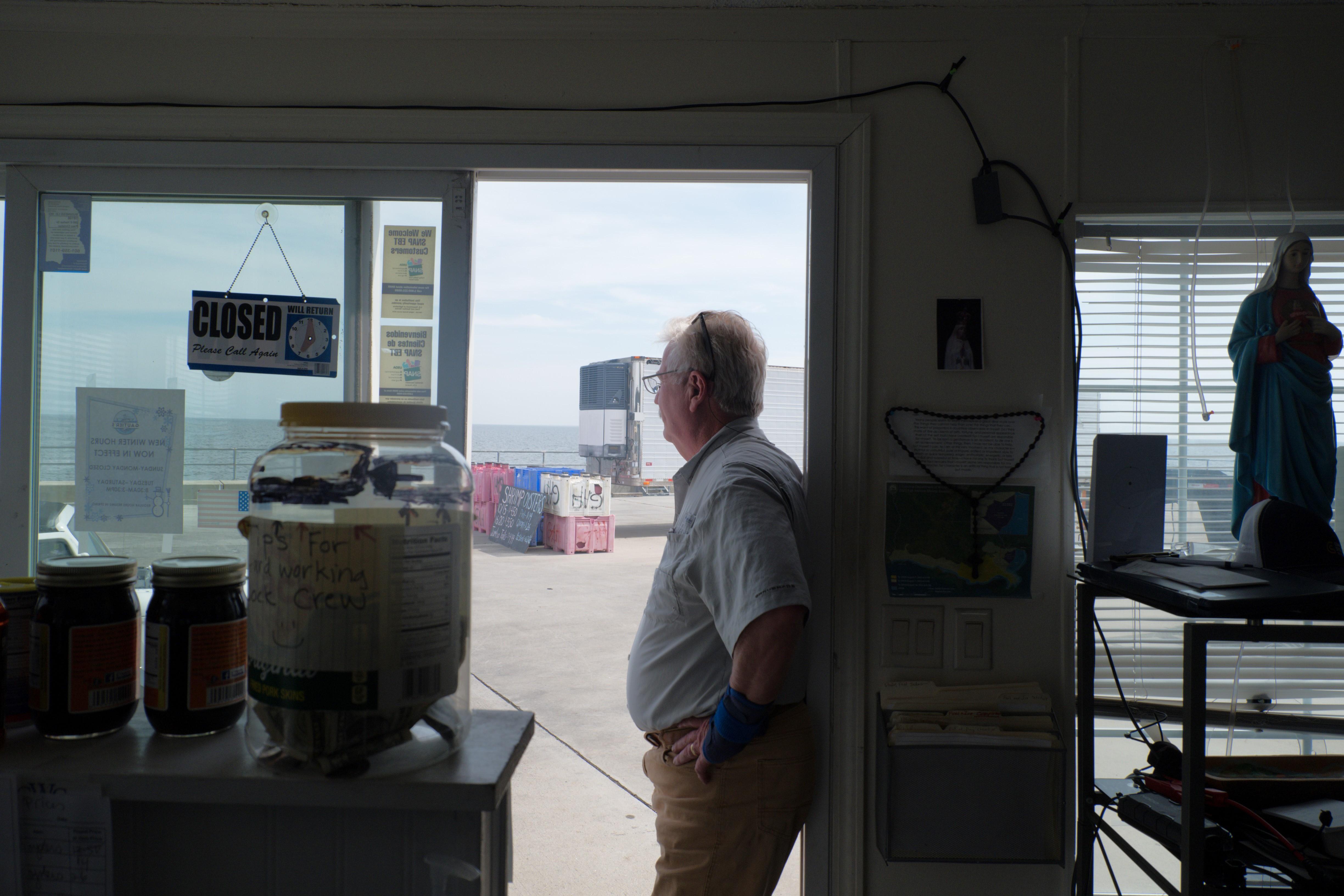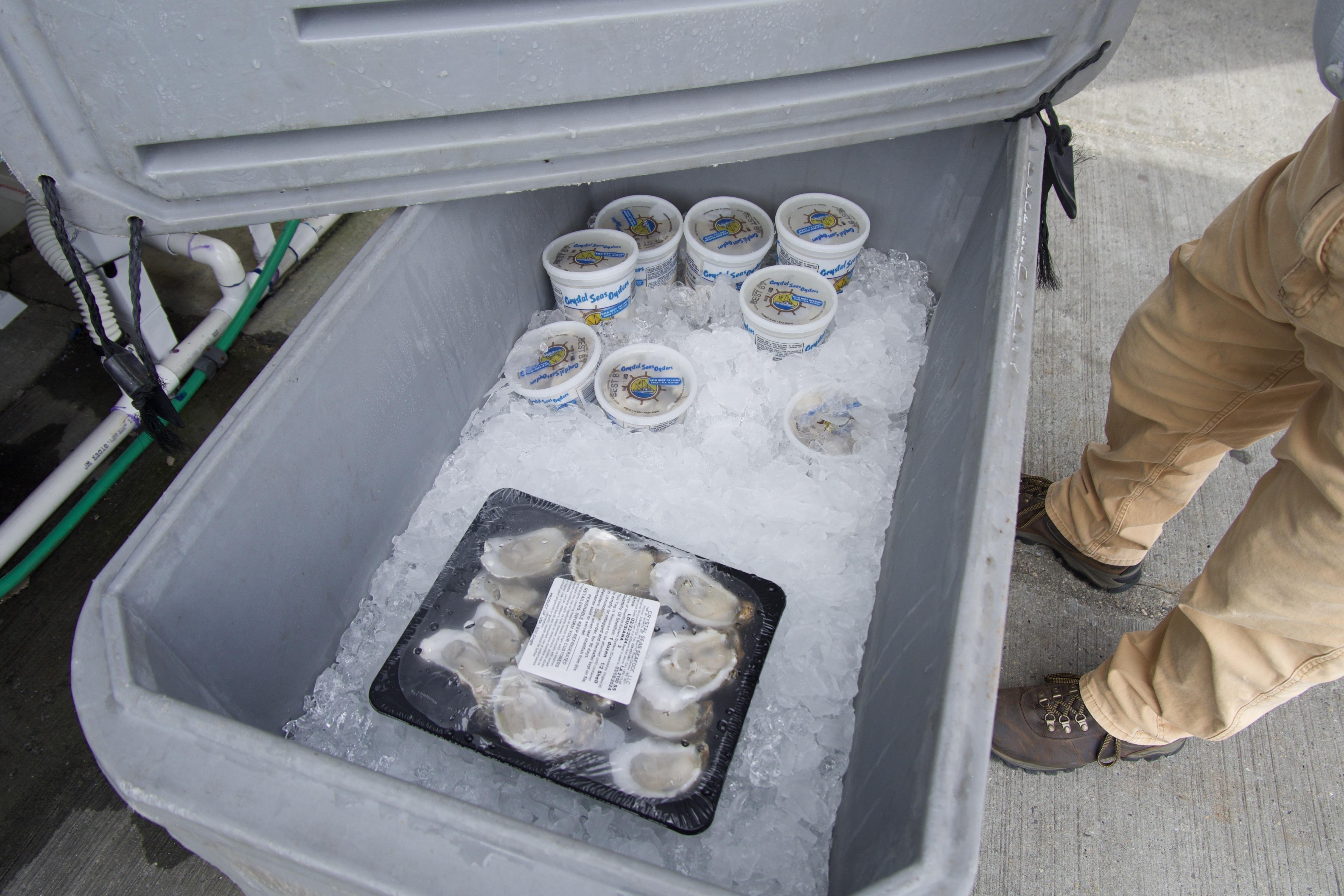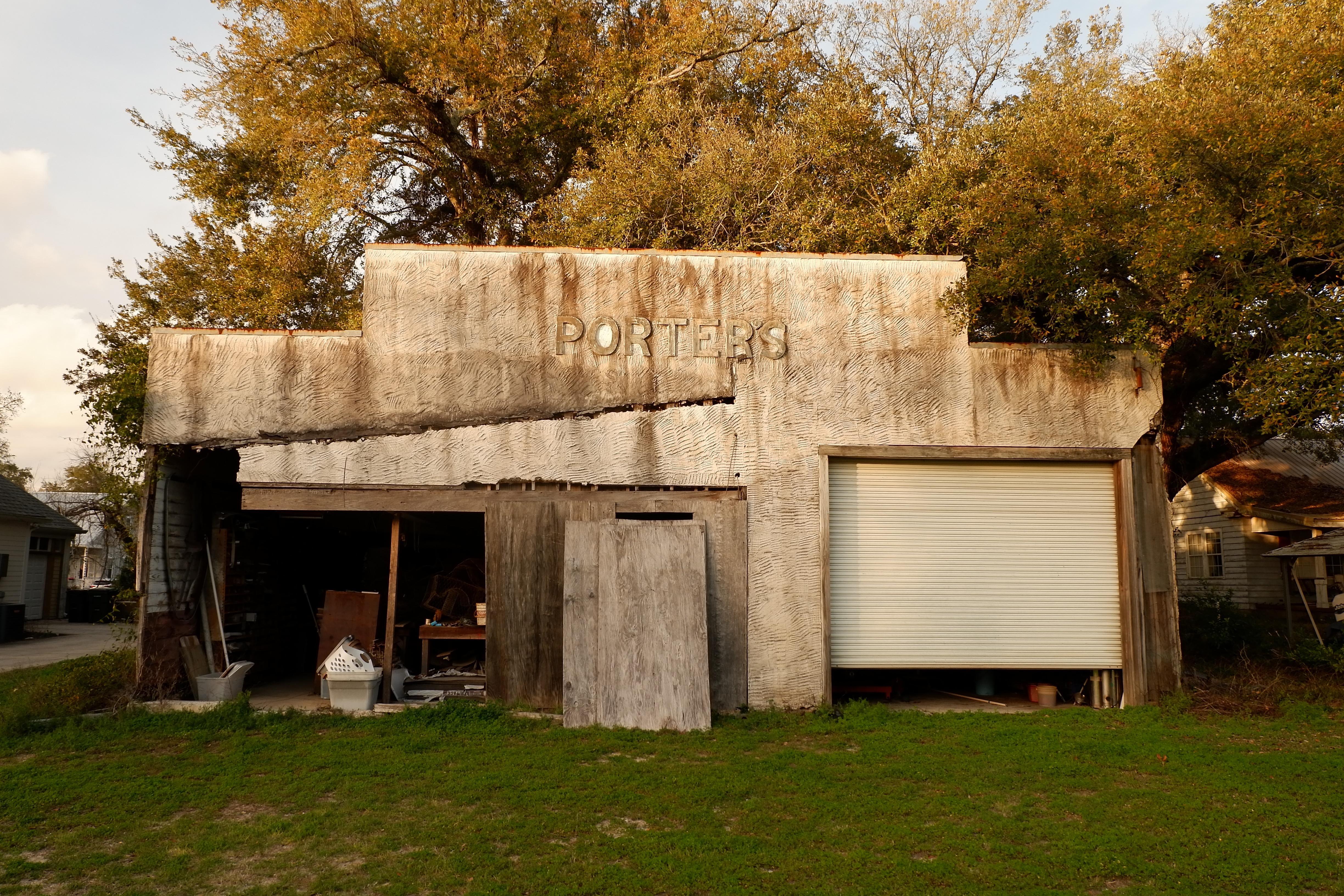In no uncertain terms, the double-opening of the Bonnet Carré Spillway in 2019 was a disaster for the Mississippi Sound.
Six years after disaster, Coastal Mississippi wants more of a say in Spillway openings


In no uncertain terms, the double-opening of the Bonnet Carré Spillway in 2019 was a disaster for the Mississippi Sound.

Michael McEwen
Pass Christian
Over the course of an unprecedented 123 days, roughly six trillion gallons of Mississippi River floodwaters bound for New Orleans were instead redirected down the Spillway, a decades-old flood control structure built and managed by the U.S. Army Corps of Engineers, after they were federalized by Congress in the wake of the Great Flood of 1927.
Branching off the Mississippi 12 miles west of New Orleans proper, the Bonnet Carré sequesters water north into Lake Pontchartrain, then east through Lake Borgne, and eventually into the Mississippi Sound, all devised to relieve pressure on the city’s flood control system.
Since its construction in 1931, the 2019 double opening represents the longest period the Spillway has ever been opened, as well as the first time it was operated twice in the same calendar year.
In its nearly 100-year history, operation of the Bonnet Carré has averaged once per decade; but the period between June 2018 and July 2019 was the wettest ever for the United States, and portions of the Midwest, home to the Mississippi's headwaters and several major tributaries, set records for both rainfall and later snowmelt. Much of that water, some of it laden with agricultural runoff and pollution, eventually finds its way into the Mississippi River, then later the Sound.
But what could have been severe flooding in the Crescent City in 2019 was prevented by only one of the grandiose projects that defined the Corps in the 20th century. Along the Mississippi Coast, those redirected waters wound up becoming a 21st century catastrophe, where centuries of industry, livelihoods and cultural heritage was sent to the brink.
A historic fishery, suddenly gone
David Gautier’s office sits in a sun-faded blue cabin at the end of the wharf that forms the eastern border of the Pass Christian harbor.
Reaching out three-pronged into the Mississippi Sound, the harbor has for generations served as the locus of one of the world’s most productive oyster fisheries. The corridors at city hall are adorned with framed, black and white images of early oyster harvests; wood-hulled boats and large oyster tongs call back to early settlers.
But since 2019, those memories and photographs have been all that has existed of the once thriving oyster fishery just off the coast from Pass Christian – and much of the Mississippi Sound itself.

The Gautier's connection to the Mississippi Sound goes back as far as the 1930's, when David's grandfather, a pioneer of the shrimp industry along the Coast, began grading and packing several species for wholesale, near Biloxi.
With beef fricot simmering on the stove just steps from his cash register, Gautier airs out the office by opening the sliding glass door, and looking out over the waters his family has made their living from for generations.
Amid that legacy, Gautier says he can't think of anything that's had more of a detrimental impact on the estuary than the 2019 openings -- not Hurricane Katrina, not Camille and not even the 2010 Deepwater Horizon Oil Spill.
“On a one to ten scale, I would say it's a ten compared to all the other disasters. I've never seen anything take this long to rebuild -- a hurricane might cover up reefs, but Mother Nature has a way of rebounding naturally,” he said.
“But when you absolutely wipe out and kill and decimate everything, it's hard to come back. Normally, you take three years to plant and then grow your oyster to a full, mature oyster. But 18 months to 2 years, you ought to be able to get good oysters. But we're talking six years later.”
According to Joe Spraggins, Executive Director of the Mississippi Department of Marine Resources, the six trillion gallons of Mississippi River water that made its way into the Sound in 2019 “essentially reduced salinity throughout the estuary to zero, or near-zero.”
That's especially dangerous in estuaries like the Sound, home to species who are adjusted to the relative mixing of both fresh- and saltwater best known as brackish. That’s especially the case for species like oysters, who live on-bottom and can’t relocate away from impacted areas.
With salinity levels bottomed-out as a result of the overwhelming freshwater intrusion from the Spillway, an estimated 95% of the estuary’s oyster population was wiped out. 2018 remains the last time a wild oyster was harvested from Mississippi waters – once among the most productive oyster fisheries in the world.
Data provided by MDMR shows the seafood industry along the Coast, which in many respects was both the first and primary early-economic driver of the region, suffered revenue losses exceeding $210 million in 2019 alone.
A recent report published by the Mississippi State University Extension Service shows a long-term economic impact of more than $30 million, now more than five years after coastal residents began to face the full brunt of the openings.
Broken down among the many players in the seafood industry, fishers and processors like Gautier were hit hard, and those losses are spread across categories like available jobs, wages, local sales tax and state income tax revenue.
The lasting effects are apparent at Gautier's dock, where a boat arriving from Louisiana is offloading 136 sacks, or bags of oysters -- almost 1,000 pounds less than what was typical for a given day before 2019.
“I bought this business three years ago and I was told that these oysters reefs should have been back a year and a half ago. I have yet to unload one oyster from Mississippi,” said Gautier, who contracts with a company that brings oysters from a privately-owned reef in Louisiana, a roughly 2 hour boat trip each way, out of necessity.
“I've got one or two boats a week -- maybe. And, it all depends when they want to harvest the oysters, too, because they have to let them grow to a certain size. But when I say one or two a week, I mean basically one or two a month right now.”

Michael McEwen / MPB News

Michael McEwen / MPB News

Michael McEwen / MPB News



But the Coast's larger seafood economy isn’t the only industry facing both immediate and lasting impacts from the Spillway openings in 2019.
As the region’s foundational industry, many of those that followed in the footsteps of the seafood economy’s lead were in turn inextricably tied to it; they too felt the brunt of the ecological consequences spread throughout the Sound.
Linda Hornsby, executive director of the Mississippi Hotel and Lodging Association, has worked in the tourism industry along the Coast for nearly four decades.
She says images of widespread deaths among other marine life like bottlenose dolphins and sea turtles began to circulate at the height of the industry's biggest seasonal revenue period – when hotels and entertainment average 47% of their annual revenue.
“We have not experienced any one incident which so negatively impacted the Mississippi Gulf Coast three county area in such a concentrated time period,” Hornsby said. “You can't recover from that when it's followed by months of the slow season, and that affected employees, it affected vendors – it affected everyone.”
“You had to have deep pockets to withstand something like that, and we can't let it happen again. Five years later, the oyster reefs are still dead, and we have restaurants named after oysters.”
Gautier and Hornsby together represent two distinct, yet interconnected links of the Mississippi Sound Coalition, a non-profit formed shortly after the 2019 Bonnet Carré openings.
Also formed by Coastal county and municipal governments, the group wants the Army Corps of Engineers, who decides when and how to operate the Spillway, to consider the impacts on the communities who rely on the Mississippi Sound for their livelihoods.
But even amid a study mandated by Congress in 2020 to analyze ways to better manage the lower Mississippi River, stretching from Illinois to the River’s outlet in Louisiana, Coalition Attorney Gerald Blessey says he feels coastal Mississippi communities are still being overlooked.
“The shocking thing is that apparently, the Corps is not really recognizing the Mississippi Sound Coalition constituency, which is people right here on the coast who felt the impact of the 2019 Bonnet Carré spillway openings,” Blessey told MPB News outside a February Army Corps meeting.
“It's 400,000 people that they’ve been ignoring. Every piece of our economy is involved, not just seafood and tourism, but everything else relying upon that. We're going to be here for the duration. The Corps, I hope, will listen and have a dialog and find win-win solutions. But we call out for a national solution to this national problem. And in the end, only the Congress can make that happen.”
‘The Corps could do that tomorrow if it wanted to’
As the study spanning seven states continues, several efforts outside of both the Army Corps of Engineers and Congress have developed in pursuit of a solution.
Both Mississippi lieutenant Governor Delbert Hosemann and his Louisiana counterpart Lieutenant Governor Billy Nungesser have criticized how the Corps operates the Spillway, at times going as far to say that both state houses should work together on a procedure that’s mutually agreeable.
Speaking to MPB News in late-2023, Hosemann said it’s clear to him that coastal Mississippi isn’t lent much consideration whatsoever.
“The fact that they have arbitrarily and without any good reason not spread the flood waters both east and west of the Mississippi River makes them culpable to us. The Corps of Engineers has not done their due diligence on the environmental damage that they caused, and my goal is to get to the bottom of why they're not opening all of the spillways along the river,” said Hosemann.
“Their arbitrary and capricious opening of the Bonnet Carré Spillway without utilizing Morganza and the other spillways that are available to them makes them culpable to shrimp and oyster and tourism industries in both Louisiana and Mississippi.”
Along with Hosemann’s own litigation attempting to compel the Corps to utilize the Morganza Spillway, which on its own would flood homes and hundreds of acres of farmlands in Louisiana, the Mississippi Sound Coalition has so far filed two separate legal complaints: one compelling the Corps to study the impacts of the 2019 openings on the estuary’s fishery, which the Coalition later disputed the findings of, and another that would have required the Corps to apply for permits under the Marine Mammal Protection Act prior to opening the Spillway’s floodgates.
But the latter was dismissed last month by judge Louis Guirola Jr. of the Southern District Court of Mississippi, who ruled the Coalition didn’t have legal standing to file suit against the Army Corps of Engineers because they couldn’t prove imminent harm.
“The important thing here is not the permits. Now, getting a permit under the Marine Mammal Protection Act would make the Corps of Engineers do what it should be doing, which is look at all the impacts of opening the Bonnet Carre Spillway,” said Robert Wiygul, co-counsel for the Coalition. “Right now, bottlenose dolphin deaths are not taken into account, and the deaths of sea turtles are not taken into account. Impacts on Mississippi's fisheries and tourism businesses are not taken into account.”
“In the permitting process, they would be required to look at ways to operate the Bonnet Carré spillway so that it doesn't cause as much harm to dolphins. One thing's for sure: the Corps of Engineers could do that tomorrow if it wanted to. The only thing they have to do is decide that they want to act to protect the people on the Mississippi coast and the resources in the Mississippi Sound. We hope that's what they're going to do.”
But the Congressionally-mandated study has only just begun its scoping process, and isn't expected to publish recommended solutions until 2028 -- just under a decade after the unprecedented 2019 openings.
If the Spillway were to be opened again before then, David Gautier worries what that could mean for the future of the coast's founding industry -- and the cultural identity along with it.
“I'm already down to the nitty gritty – I've got to watch every penny we have and I've got to run it very, very thin. I don't have more than very few crabs coming in right now, no shrimp right now, and no oysters to speak of,” he says, motioning out to the Sound and the hull of an oyster boat slowly growing along the low, grey horizon.
“This guy has 136 sacks on him -- that's not even enough to pay my labor for the day. So if something doesn't change soon, I'll have to figure out something else to do with this business or shut it down. I hate to do it – I love what I do, and one good thing is I do love the interactions. I've made a lot of good friends and good customers. That's all part of the job. It makes it a pretty happy thing. But happy doesn't pay the bills.”